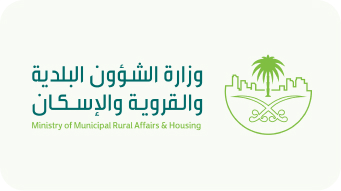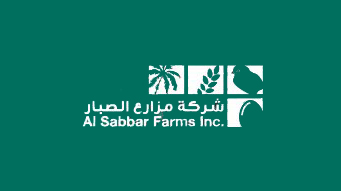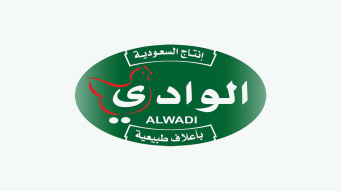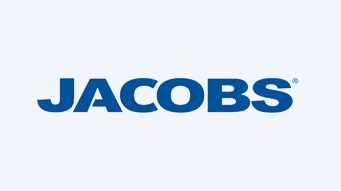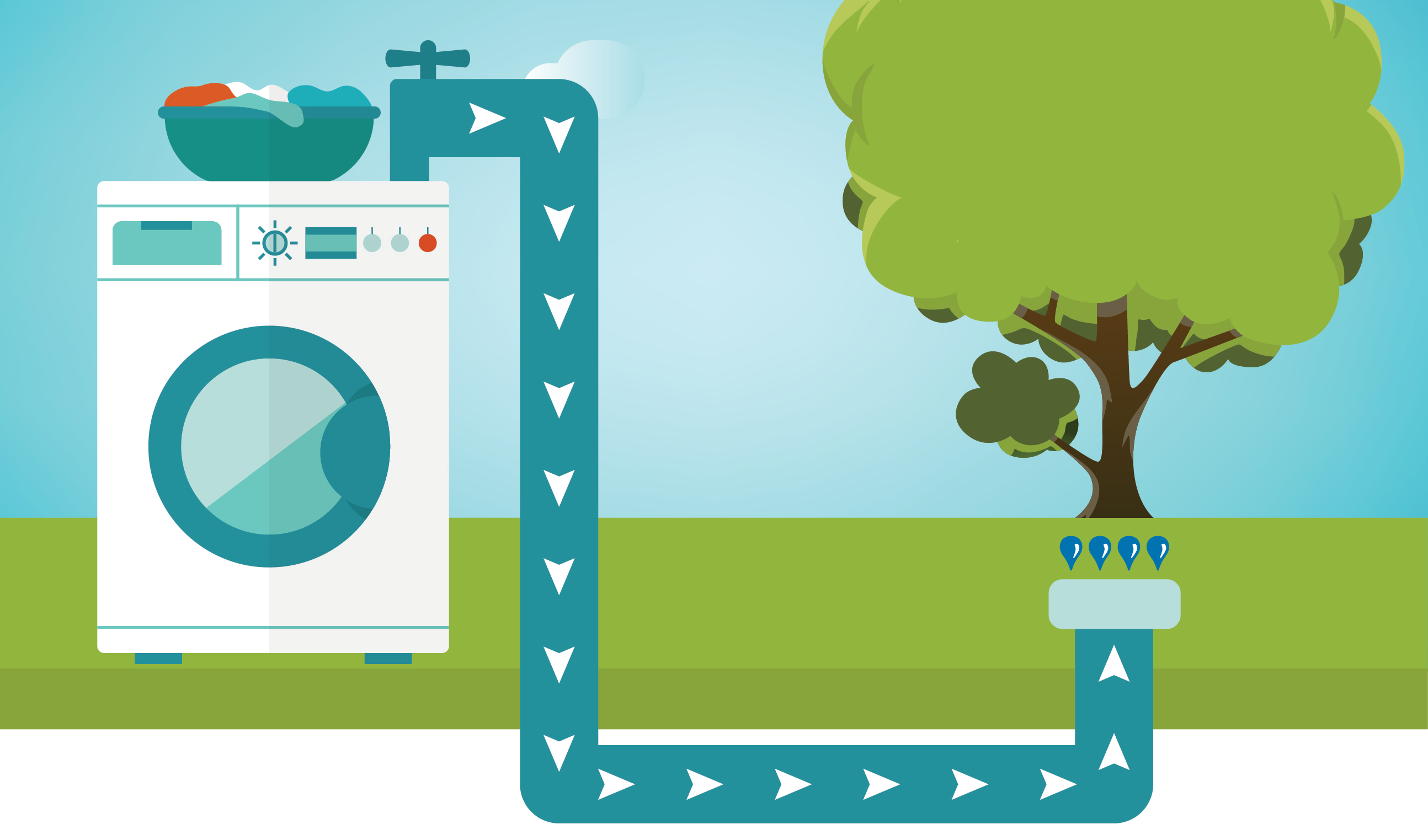
How can we use the wasted gray water?
Gray water is the product of the water used except for toilets, namely wash-basins, shower water, laundry water, kitchen water, dishwasher water, etc. However, some studies recommend that the output of kitchen wastewater and dishwasher water should not be connected to the gray water tank because of its containment. Contains fats, oils and food residues that make it difficult to sweeten.
Studies have shown that gray water derives this name from being intermediate water between pure, clear water, which is termed white water, and polluted wastewater, which is also called black water.
Why seek to treat gray water?
1- This water constitutes approximately 55-74% of the water used in buildings.
2- It contains a low level of pollution from organic matter and nitrogen, as well as germs and microbes, and therefore it is easy to deal with it during the purification stages.
3- Low treatment costs compared to wastewater.
4- A person accepts the reuse of that water.
5- Its recycling and reuse is not harmful to the environment and health if specified conditions and specifications are applied.
While the statistics indicated that the percentage of gray water reaches 75% of the total water used in homes, that is, more than half of the water that we dispose of through the household sewage system.
Therefore, the Ministry of Environment, Water and Agriculture in our beloved Kingdom, in implementation of the 2030 strategy, sought to benefit from this high percentage, which would contribute to reducing the demand for water and developing and preserving water resources.
Despite the importance of water, the Kingdom faces great challenges due to the unsustainable use of water resources, in addition to the fact that the reserve of groundwater is limited, and in arid climatic conditions, renewable water is scarce, bearing in mind that the high demand for water in the agricultural sector is a major cause of the problem. Water scarcity in the Kingdom.
Whereas the average per capita share of water in the Kingdom was estimated at 280 liters per day in 2019, indicating a 0.5% decline in 2018, and since the agriculture sector is the largest consumer of water in the Kingdom, at 80% of the total water demand, The sector’s consumption is growing at a rate of 7% annually.
So nowadays Graywater treatment gets a lot of attention because it has low levels of polluting pathogens and nitrogen.
Methods for treating gray water:
Treating greywater requires the establishment of two networks for wastewater drainage, the first for gray water drainage, where it collects in a ground tank for treatment and then recycled into expulsion and agricultural bins, and the second network is for black water drainage.
Gray water treatment also requires the establishment of a tank for collecting treated gray water, and a feeding network for expulsion and agricultural funds, and there are several methods of treatment. The designer can choose the most appropriate according to the nature of the site, provided that the treated water meets the conditions, standards, and specific requirements, in order to protect public health and the environment.
When choosing treatment devices, the following standards and considerations are taken into account:
1- The plant is suitable for the quality of the water to be reused.
2- Determining the design power of the station to suit the actual need for its use.
3- The efficiency of the plant to achieve the highest return from treated water.
4- Commitment to the specifications of the health organization.
5- The plant’s efficiency to achieve high quality of produced water according to the specifications of the World Health Organization and the General Presidency of Meteorology and Environmental Protection.
6- The station’s suitability for the location and the number of users.
7- Its low cost, ease of operation, and maintenance.
Benefits of treated gray water:
– Agricultural irrigation of agricultural crops.
– Irrigation of residential and public green areas.
– Fire-fighting.
– Industrial process water that may come into contact with workers.
– Industrial or commercial refrigeration or air conditioning.
– Making artificial snow.


